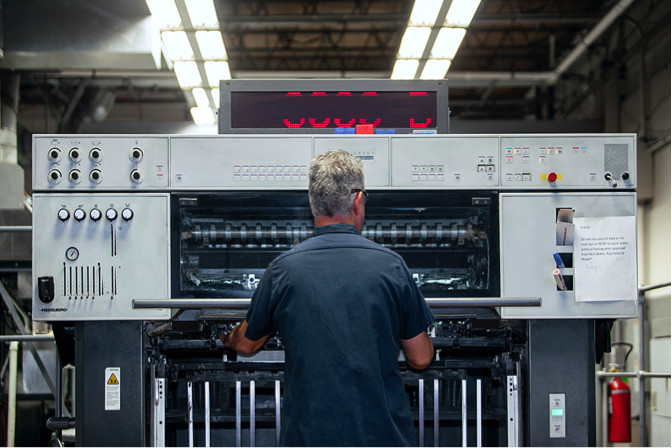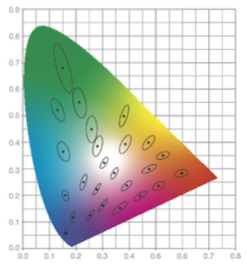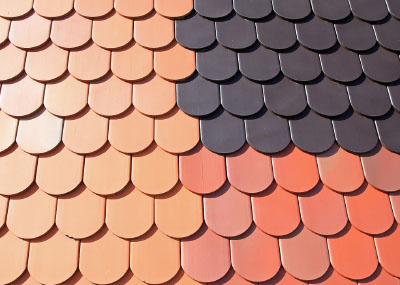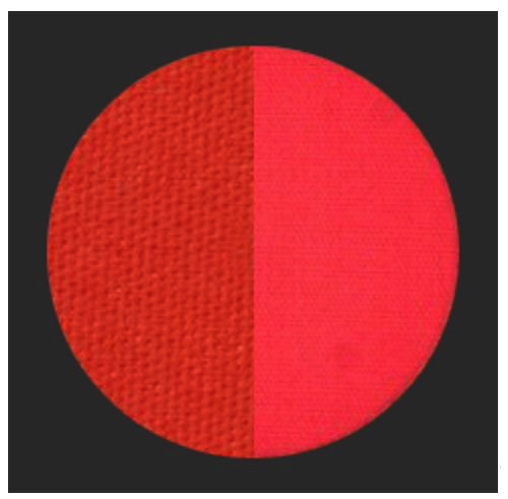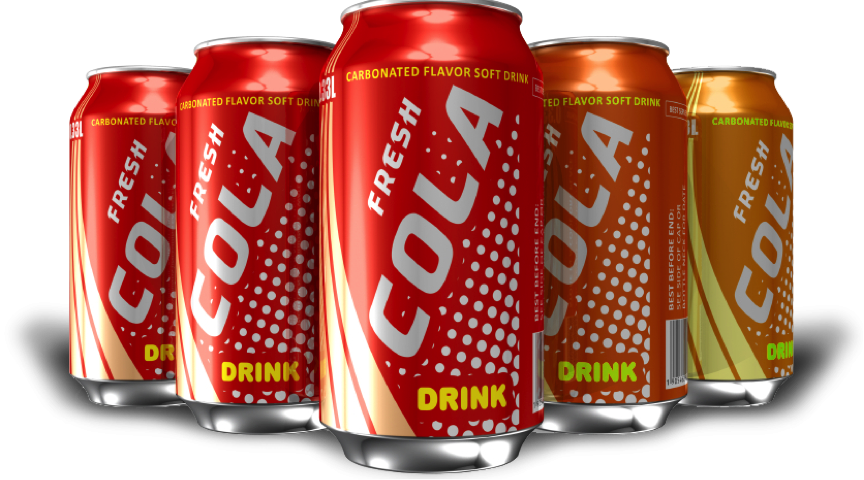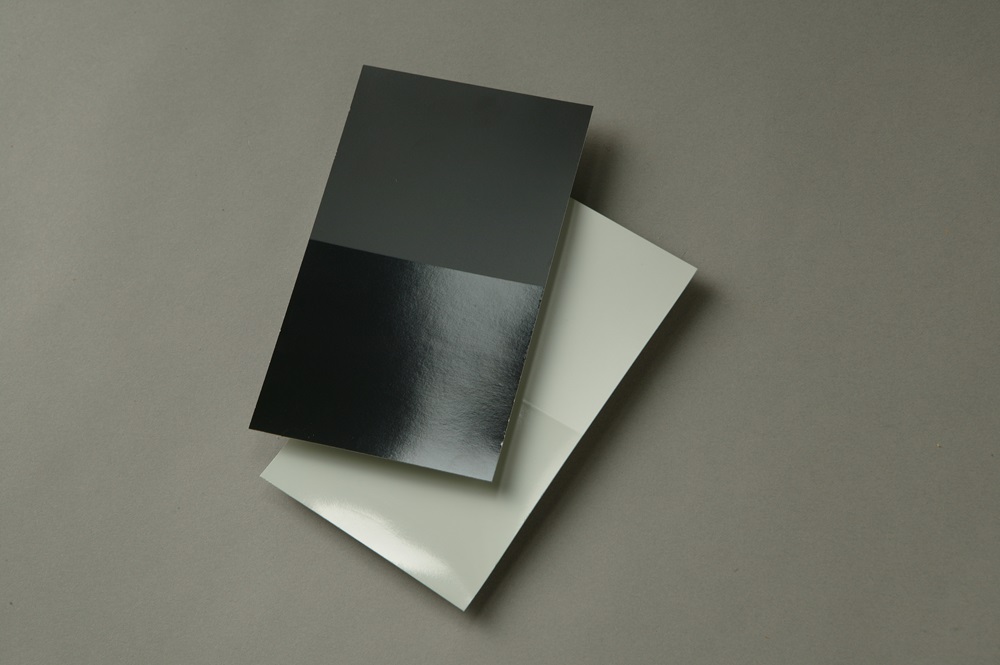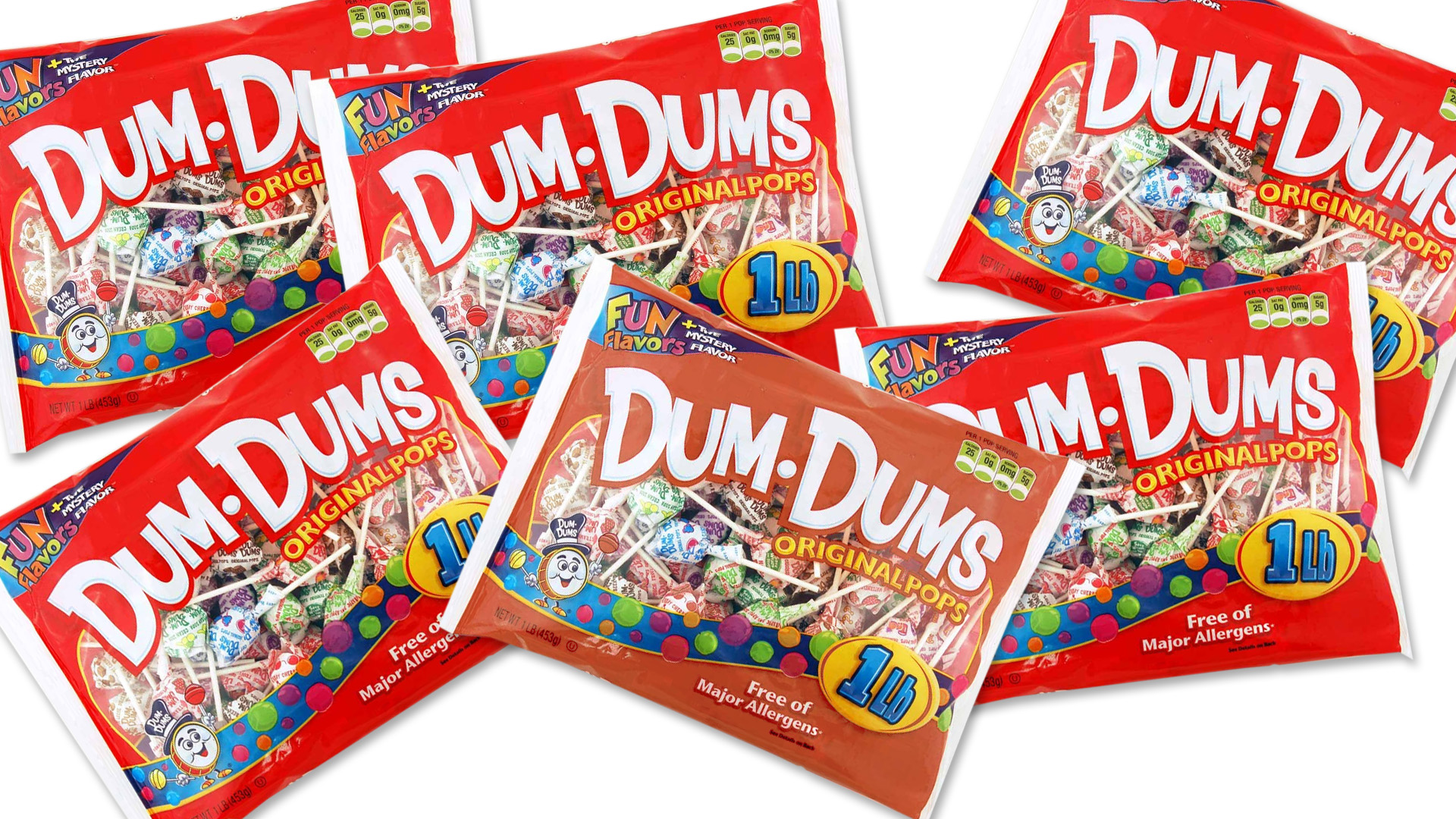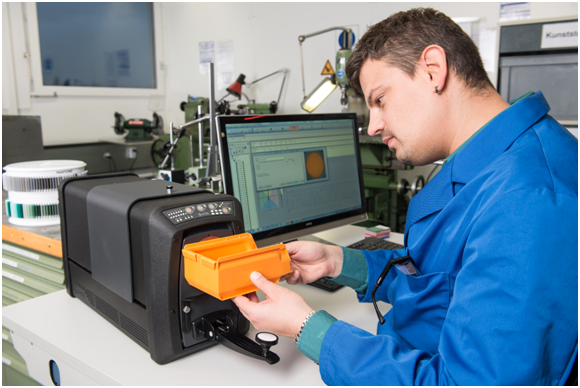In a perfect world, you should be able to put ink in the press, run a job, and achieve color consistency. Unfortunately, every year flexographic and gravure printing operations waste ink, substrate, and press time trying to get color right. Although advancements in technology have made it easier to achieve color accuracy, the variables that affect color still exist. In this three part series we’ll share over two dozen reasons your color might be wrong at press side. Today’s topic lo...
Color measurement is used to specify, quantify, communicate, formulate, and verify color quality for color critical work. Because everyone perceives color differently, color measurement is more precise than visual evaluation. How to Measure Color Wavelength To measure color, a color measurement device called a spectrophotometer shines light onto a sample and captures the amount of light that is transmitted or reflected in the 380 nm to 780 nm wavelength range, which is the wavelength rang...
Surface appearance can change your perception of color. Think of a glossy magazine. If the light is shining directly on the page, you may need to tilt the magazine and change the reflection angle to clearly see the colors. Likewise, a textured surface may appear to be a different color than a smooth surface of the same object. Since spectrophotometers determine a color’s spectral values by shining light onto the surface and measuring the reflectance, choosing the right instrument an...
COVID-19 has stopped many industries in their tracks, textiles included. Travel bans and shelter-in-place orders are forcing vast, inter-connected supply chains to rethink the way they work. For brands that were already looking for new ways to achieve accurate color and speed time to market, this could be an opportunity. This global pandemic may help the apparel industry make important decisions to change the way it works – for the better – not only to get through this crisis, ...
Reflective surfaces and metallic inks are very popular for printing and packaging applications. Consumers love the look; but for printers, these substrates and inks are expensive and make color control a challenge. Today we’re taking a look at the measurement options available for controlling these very marketable print and packaging applications to help printers and converters meet brand owner expectations and maintain the highest possible quality output. Sphere vs. 45°:0° - ...
The two most common spectrophotometers are the 0:45 and the sphere (aka diffuse/8°). We get a lot of questions about which is the best choice. Here’s the difference in how these two devices measure color, and guidelines for when to use each. 0:45 In a “fixed geometry” or “single angle” device, the first number is the starting point of the light, and the second number is where the light ends up after the reflection off the surface of the sample. In a 0:45 ...
The World Series starts next week. While players and fans are gearing up for the big event, stadium groundskeepers are preparing, too. You’ve surely seen those meticulous patterns in the grass – crisscross, spiral, plaid – but do you know how the groundskeepers create them? Thanks to a phenomenon called geometric metamerism (aka gonio-appearance), the grass really is greener on the other side. Read on to learn more about this optical illusion that can trick your eyes and wreak havoc on y...
Have you ever sent out a job that passed your inspection, only to have the customer reject it for out-of-tolerance color? You recheck the data and the instrument says the color passed the agreed tolerance… why is the customer saying it doesn’t? We get a LOT of these conflicting measurement calls in technical support. The solution is simple – document a color control program that clearly defines how to assess color, then make sure everyone (including your customer) follow...
No matter what you’re manufacturing, taking spectral measurements will help ensure your color remains accurate and consistent throughout your production run. When choosing the best spectro for your needs, your first consideration should be the type of surface you’ll be measuring. Measuring reflective surfaces poses a challenge because the effect of gloss can actually change the color appearance of a sample. The surface reflection of light is what causes the gloss effec...


